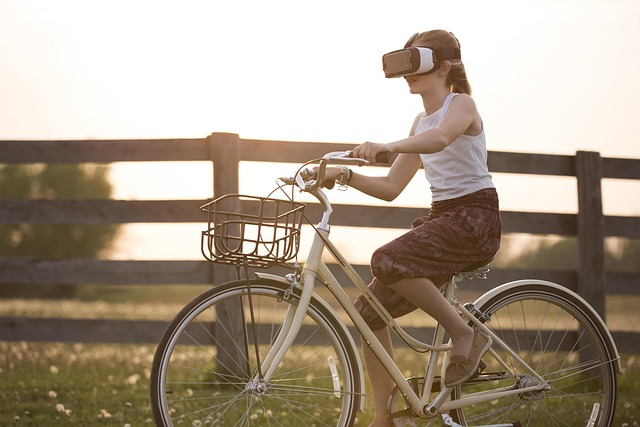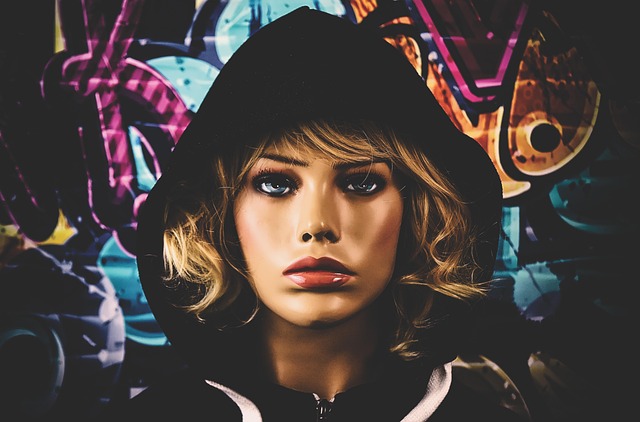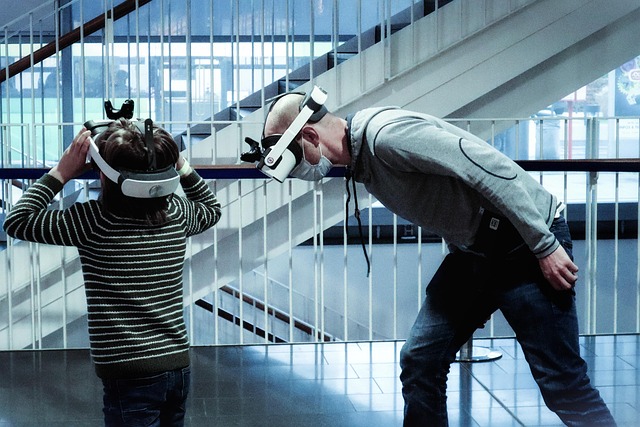In a world where technology continues to push the boundaries of our imagination, the concept of virtual mutation stands at the forefront of innovation in software. As we delve into the realms of virtual reality (VR), augmented reality (AR), and the metaverse, we discover how these technologies intertwine, shaping not just our interactions but also the very fabric of our digital experiences.
Virtual Reality: A New Dimension of Experience
Virtual reality has revolutionized how we engage with digital content by creating immersive experiences that transport users into entirely different worlds. With VR headsets, users can step into games, training simulations, and virtual environments that mimic reality with stunning precision. The sense of presence achieved through VR goes beyond mere observation; it allows users to become active participants within a narrative, fostering deeper emotional connections and engagement.
This evolution of VR technology reflects a significant shift in software development. Developers now must consider how their creations can enhance user experiences through seemingly limitless virtual landscapes. This shift is not merely about graphics and gameplay; it’s about crafting experiences that allow users to explore and manipulate their virtual surroundings in ways previously thought impossible.
Augmented Reality: Blending Real and Virtual Worlds
While VR creates entirely virtual scenarios, augmented reality adds a digital layer to our existing world, enhancing our perception of reality itself. AR applications have gained immense popularity, enabling users to visualize information, interact with virtual objects, and even transform their physical environments. Think Pokémon GO or IKEA Place—these applications do not only entertain; they also provide practical solutions by merging digital data with the physical world.
The implications of AR technology in software development are profound. With its ability to blend the real with the virtual, AR can enhance user interfaces, simplify complex tasks, and offer personalized experiences based on environmental contexts. As we embrace augmented reality, we witness a virtual mutation in the way we perceive and interact with the world around us.
The Metaverse: A Shared Digital Universe
As we stand on the brink of what is known as the metaverse, the concept of virtual mutation takes on a broader scope. The metaverse is envisioned as a collective virtual space that encompasses multiple virtual environments, where users can seamlessly transition from one experience to another. It combines elements of social interaction, gaming, commerce, and virtual reality, creating a universe where our digital avatars can roam freely and engage with others.
The development of software for the metaverse introduces unique challenges and opportunities. The need for interoperability among different platforms and technologies necessitates a shift towards collaborative creation. Here, the lines between software development and user experience blur, leading to a renaissance of creativity and innovation as developers strive to craft interconnected experiences that feel natural and cohesive.
Embracing the Future of Virtual Mutation
The journey of virtual mutation through VR, AR, and the metaverse is just beginning. As we continue to explore these technologies, we are not just passive observers; we are active participants in a digital evolution. The potential of virtual mutation lies in our ability to harness these tools to create experiences that resonate on a personal level, breaking down barriers and enhancing our understanding of one another.
As we venture further into this exciting future, it’s essential to remain curious and open-minded. The ways in which virtual mutation can transform our interactions, our work, and our lives are limited only by our creativity. So, let’s celebrate the incredible advancements in software and keep pushing the boundaries of what’s possible in this brave new digital world.




